|

Beautiful but very poisonous, domestic
or wild, they constitute a real risk, sometimes mortal, for the ponies.
In your home or in excursions, it is necessary to be able to identify
them!
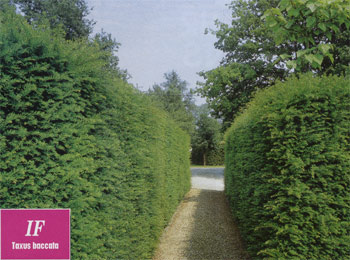
The riders and the breeders know that it is very imprudent
to give certain seeds (flax, ricinus, nipples...) for the ponies to
eat. They are not carefull enough with the plants, shrubs or herbaceous
plants, domestic or wild. However the researchers of national Institut
of agronomic research (INRA) have registered about twenty plants which
can intoxicate seriously the equines.
The yew (Taxus baccata) represents one of the most frightening dangers.
This decorative conifer is very appreciated by the ponies because
it does not produce resin.
But its majestic foliage dissimulates a poison extremely violent,
the taxine, able to strick down in a fulgurating way any pony too
greedy. There is no effective treatment against it!
The boxwood (Buxus sempervirens), the thuja (Thuja occidentalis),
the locust tree false-acacia (Robinia pseudo acacia), the cherry-laurel
(Prunus laurocerasus) or the famous rhododendron which one finds in
the parks and the gardens are also very toxic.
In the undergrowth or meadows, the principal sources of danger are
the savages herbaceous who proliferate between the spring and the
autumn. It is particularly necessary to be wary of wide spreading
plants like the bracken (Pteridium aquilinum), the colchicum one
(Colchicum autumnal), the common ragwort (Senecio jacobea), the datura
(Datura stramonium)
|
or the St.-John's wort (Hypericum perftratum). Exceptionally, the
breeding herbaceous can also appear dangerous in the event of excessive
consumption. It is the case of clover (hybrid or rosy) at the origin
of several alarms in recent years.
How to evaluate the risks?
"They are obviously different according to the area and the
seasons" explains the national Center of toxicological information
veterinary surgeon (CNITV) of the School veterinary surgeon in Lyon
(1).
The statistics show for example that they are larger for moving
of the animals or in the event of bad food. Take care of your pony's
food and when it moves in unknown ground are thus measurements of
essential precautions. If you have one's suspicions about intoxication,
don't wait call the veterinary surgeon. "The first reflex,
it is to withdraw the animal from the danger, move it away from
the suspect plant", insists Dr. Eric Levy, veterinary surgeon
in Mantes-la-Jolie (Yvelines). "Then, it is necessary to install
it in a comfortable place in order to avoid the wounds and the lesions
which it could have received at the time of convulsions or fall.
Lastly, it is necessary to give it water in abundance whilst waiting
for first aid to give him, which often consists of purging and perfusions"
File made by Charles DESJARDINS
(1) Permanence CNITV (24 h sur 24). Tel. : (16) 78.87.10.40.
|
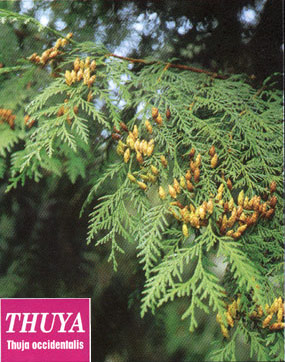
THUJA
Its leaves contain toxic
substances (of which thujone) which causes gastroenteritis,
as well as hepatic and renal lesions, sometimes accompanied
by convulsions. Treatment: flushing out of stomach and purgative.
|
|
|
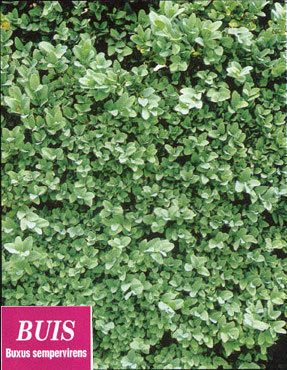
BOXWOOD
It conceals alkaloids which start acute
intoxications and digestive disorders. Symptoms: convulsions
and respiratory paralysis. The treatment consists of flushing
out the stomach (with a solution of tanin) and purgative.
|
|
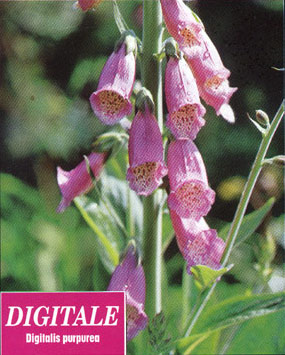
DIGITALIS
It contains heteroside
cardiotoxic. It causes rather rare intoxications which appear
in digestive and urinary dysfunctions. A consumption of
140g of leaves can be lethal.
|
|
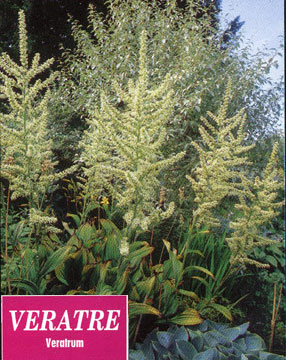
FALSE HELLEBORE
We can find it sometimes
mixed with the hay. It is rich in alkaloid. Its consumption
causes gastroenteritis and uncontrolled tremors. The lethal
amount is evaluated by one kilo of dry leaves.
|
|
|
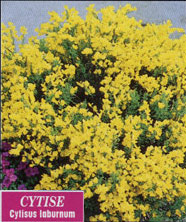
LABURNUM
The ingestion of this plant
causes muscular convulsions, respiratory disorders and colic.
Recommended treatment: flushing out the stomach, activated
carbon and barbiturates.
|
|
|
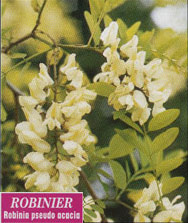
LOCUST TREE
FALSE-ACACIA
Its bark irritates the digestive
mucous membranes. The leaves cause serious cardiovascular
dysfunctions. The lethal amount is of 150g of bark. Symptoms:
colic and a hyper excitation.
|
|
|
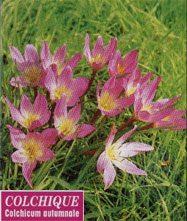
COLCHICUM
The toxic agent (colchicine)
contained in this herbaceous acts on the capillaries. Symptoms:
hemorrhagic diarrhoea and colic due to abdominal lesions.
The lethal amount is a few kilos.
|
|
|
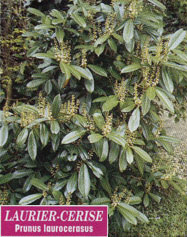
CHERRY-LAUREL
This plant causes serious
respiratory disorders which leads to death pony. The treatment,
based on the injection of hydroxy-cobalamine or methylene
blue, must be very fast.
|
|
|
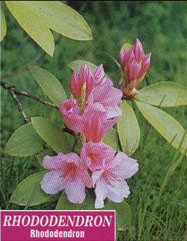
RHODODENDRON
It contains a very powerful
toxic principle, the andromédotoxine, which causes
multiple manifestations: digestive system disturbances, respiratory
problems and bad coordination of movements.
|
|
|
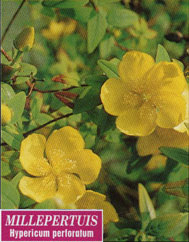
ST.-JOHN'S WORT
The substance contained in
this plant, the hypéricine, accelerates photosensitization
and causes very unpleasant redness and itching. We can recognise
the poisoned pony by its inflated eyelids.
|
|
|
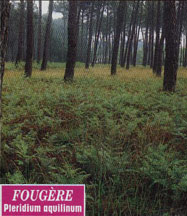
FERN
Its toxicity remains frightening,
even when it is mixed with the hay. The symptoms (locomotors
disorders) appear at the end of 20 or 30 days. Treatment:
brewers' yeast and B1 vitamin.
|
|
|
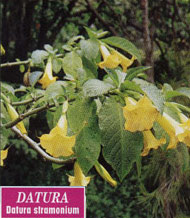
DATURA
The intoxications occur especially
when its leaves, which shelter a toxic cocktail, are mixed
with fodder. Symptoms: a dryness of the mucous membranes and
a hyperexcitability.
|
|
|
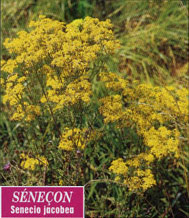
COMMON RAGWORT
This rare herbaceous causes
devastations to the liver of equine (fulgurating cirrhosis)
and the cardiac disorders accompanied by digestive system
disturbances. The intoxication is accompanied by a loss of
weight and reflex.
|
|
|














